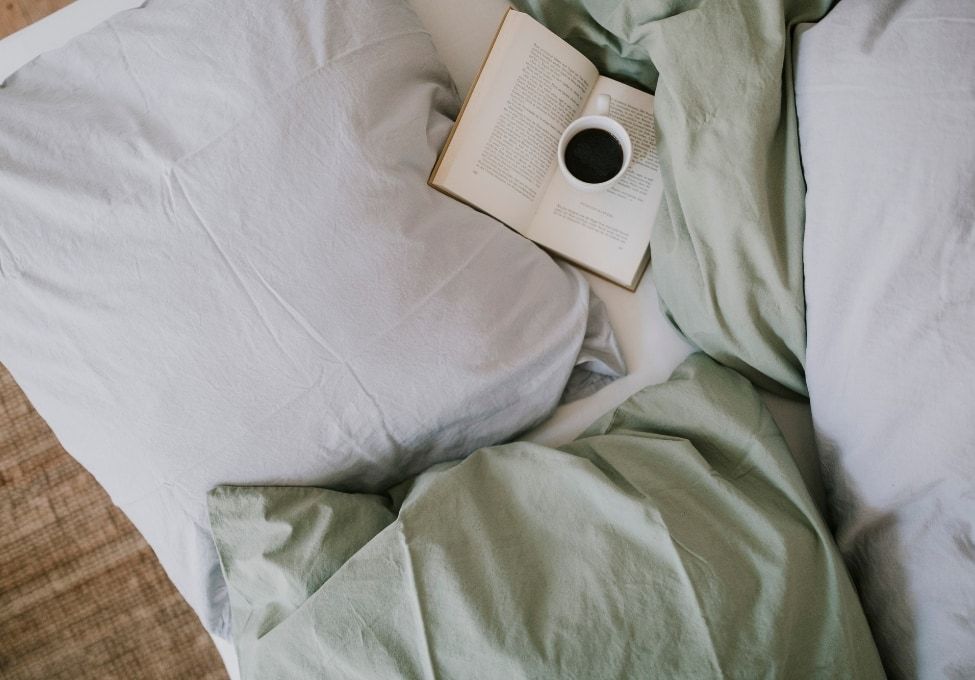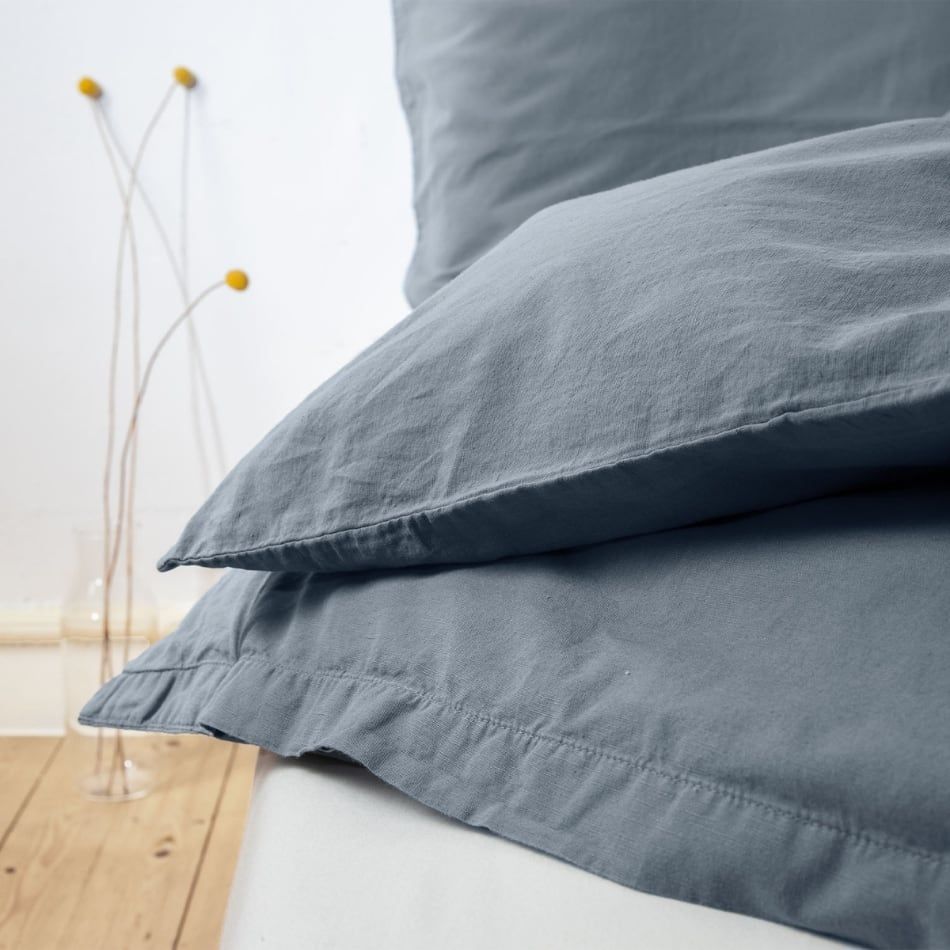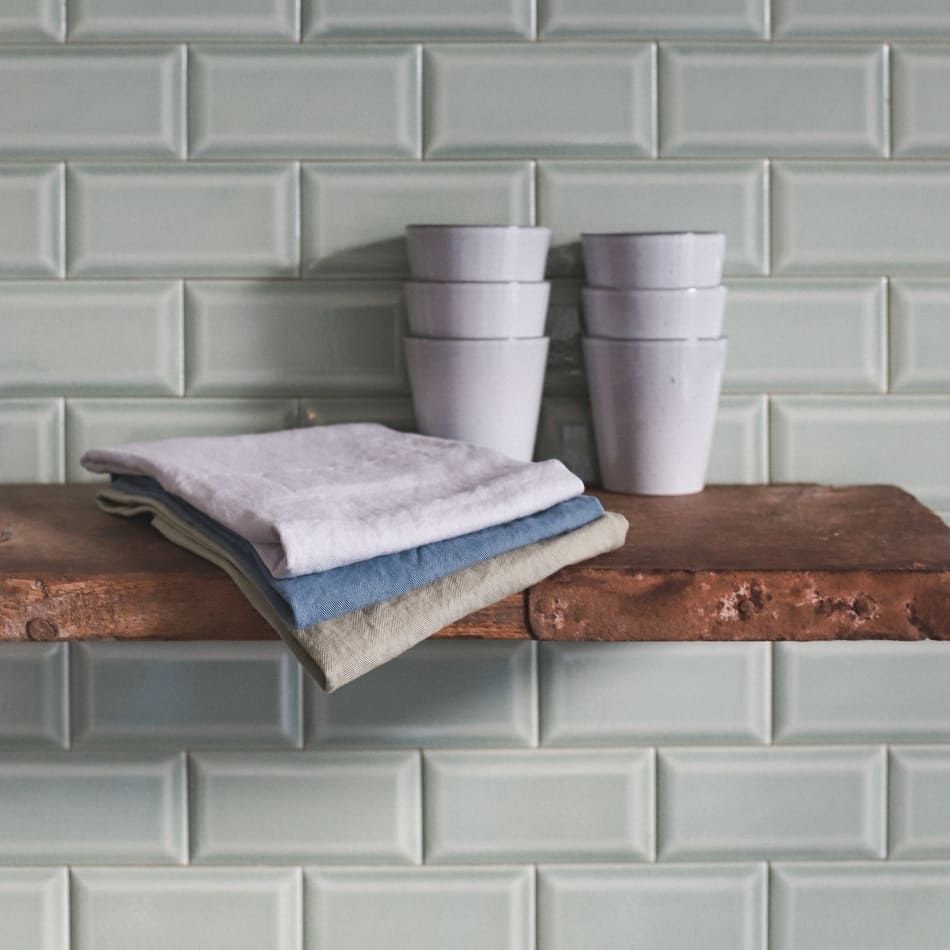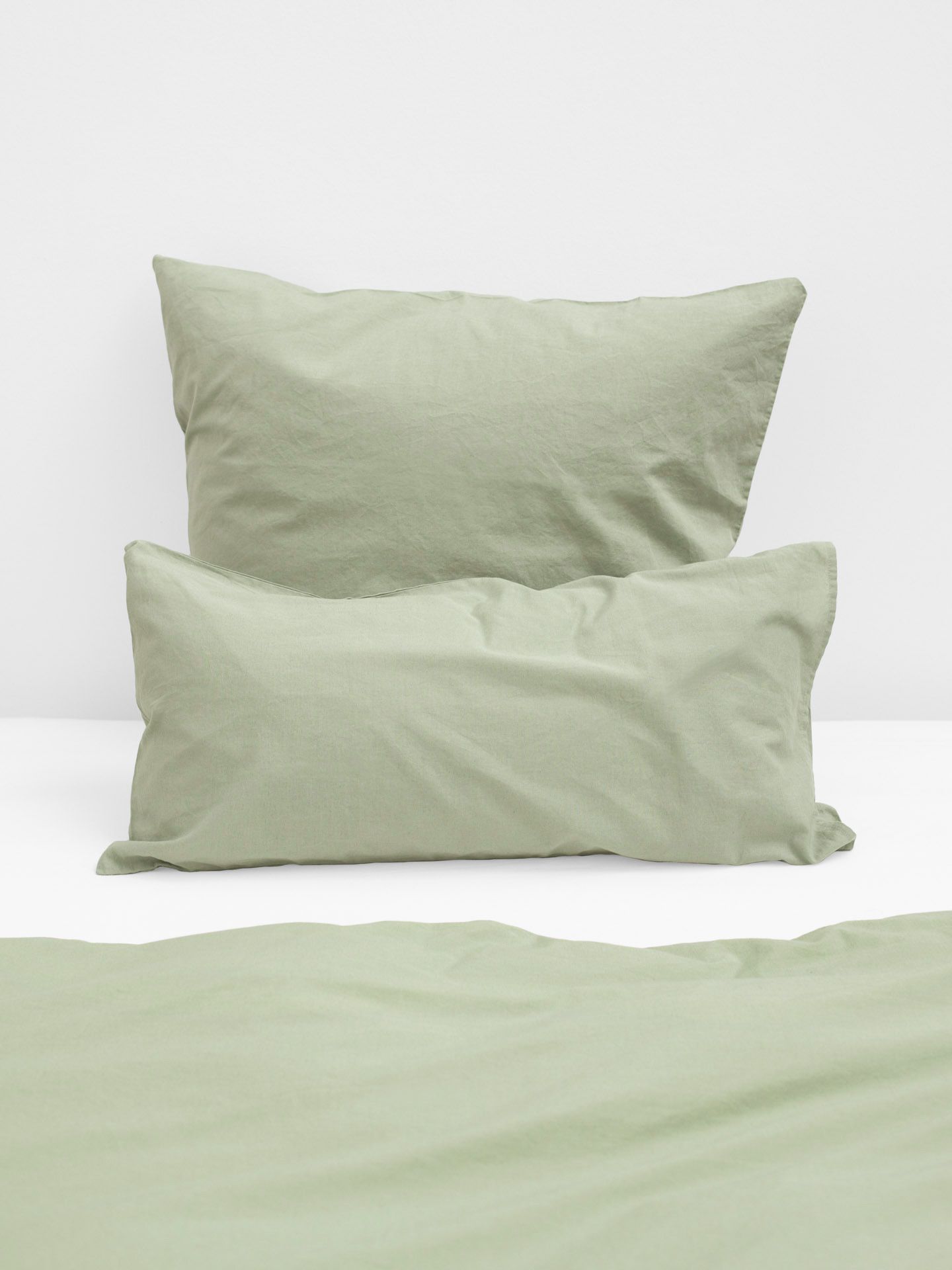How sustainable is linen?
In conventional linen cultivation, fewer pesticides and mineral fertilizers are required and used than in cotton cultivation. If linen is grown under controlled organic cultivation conditions, the environmental impact is correspondingly even lower. However, organic cultivation on a larger scale is limited due to the costly harvesting and dewrotting. Taurotte, what? Taurotte, or tau roasting, is a method used during harvesting. Of the various roasting methods, tau roasting is the most common and at the same time the most environmentally friendly, used in three-quarters of the world's cultivated areas. For this purpose, the uprooted flax plants are laid on the ground to dry and aligned in parallel. During the drying phase, microorganisms penetrate the plant, such as bacteria and fungi, which cause the surrounding tissue to detach from the fiber bundle. Timing is everything: the rotting process must be stopped in time so that the fiber is not damaged and can be further processed.
As the name suggests, the process requires dew or dew moisture, which exists mainly in maritime regions. In drier areas, such as China and Egypt, on the other hand, warm water roasting is used. The straw is roasted in water as hot as 40° C, producing wastewater that in turn damages the environment. There have also been efforts to replace the natural process with a chemical process - but this has never proved successful as it damages the flax fibers.
Linen in erlich textil products
In our erlich textil products we use European linen. Our producer in Portugal processes it into our erlich textil home textiles, such as our tea towels and bedding, which are made of linen and high-quality cotton (organic).










